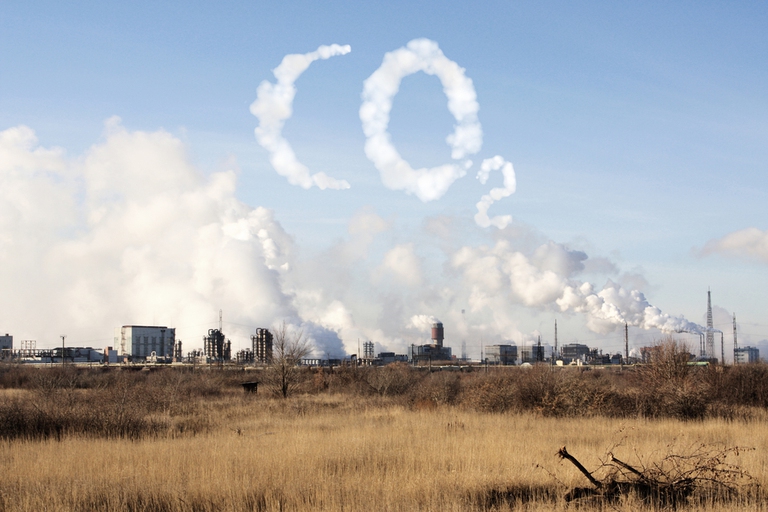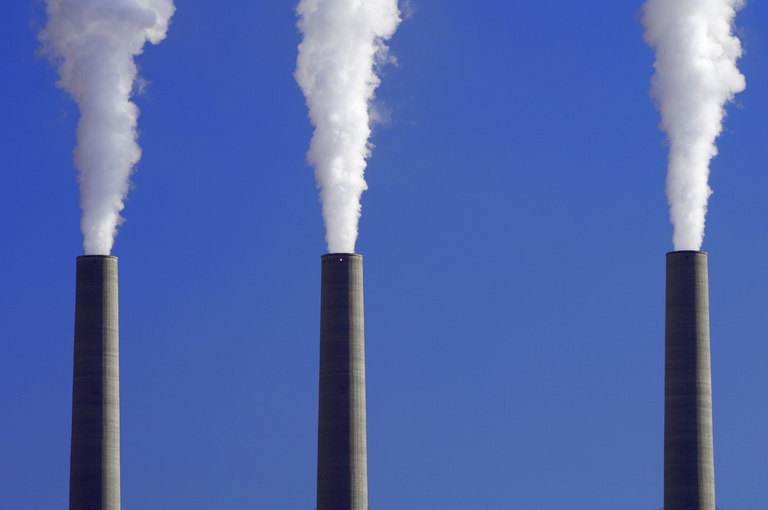
A group of experts in Tokyo suggested pouring radioactive water from Fukushima into the open sea. A marine biochemist explains the consequences of this absurd decision.
La metà delle nuove centrale elettriche installate quest’anno è rinnovabile. La strada verso la transizione energetica è presa, ma il tempo stringe.
Carbon emissions must be drastically curbed in the coming decades or we face environmental catastrophe as temperatures are expected to climb by the end of the century to levels that scientists predict would radically alter the Earth’s climate. Luckily the transition from an economy powered by coal, oil and gas to one running on low-carbon alternatives has already begun, as recent reports demonstrate.
Half of all power plants built last year produced green energy, in what is one of the “clear signs that an energy transition is underway,” the International Energy Agency (IEA) announced in its report World Energy Outlook 2015. Renewables are now the second-largest source of electricity after coal and are set to overtake it by the early 2030s in the 28 countries analysed by the report. By 2040 the European Union is expected to generate 50 percent of its electricity from renewables, China and Japan should hit 30 percent, and the U.S. and India should both surpass 25 percent.
The global coal boom is slowing as more plans for new power plants are being shelved than completed, at a rate of two to one since 2010. This according to the Sierra Club and CoalSwarm, campaign groups that have been tracking the progress of 3,900 intended plants since 2010. A report by the World Resources Institute estimates that 1,199 new coal-fired power plants, with a total capacity of 1,401 gigawatts (GW), were in the pipeline for construction in 2012. New figures suggest that, by 2014, this had decreased by 23% to a proposed 1,083 gigawatts of new coal-fired capacity.
The United Nations’ COP21 climate talks are finally under way in Paris. While a growing number of corporations and countries have pledged to reduce their emissions, global temperatures are still expected to rise to unsustainable levels.
Even if countries enact their latest pledges to reduce carbon emissions average temperatures will rise by 2.7 degrees Celsius by 2100 according to Climate Action Tracker data cited by Bloomberg. This is a dire case scenario: scientists predict that a temperature increase above 2 degrees Celsius will radically alter the planet by melting glaciers, increasing sea levels and making weather more extreme and less predictable.
“As the largest source of global greenhouse-gas emissions, the energy sector must be at the heart of global action to tackle climate change,” Fatih Birol, Executive Director of the IEA, stated. “World leaders meeting in Paris must set a clear direction for the accelerated transformation of the global energy sector”.
Read the article on Behind Energy
Siamo anche su WhatsApp. Segui il canale ufficiale LifeGate per restare aggiornata, aggiornato sulle ultime notizie e sulle nostre attività.
![]()
Quest'opera è distribuita con Licenza Creative Commons Attribuzione - Non commerciale - Non opere derivate 4.0 Internazionale.
A group of experts in Tokyo suggested pouring radioactive water from Fukushima into the open sea. A marine biochemist explains the consequences of this absurd decision.
A federal court in Washington, D.C. has struck down the Dakota Access Pipeline, following years of campaigning by the Standing Rock Sioux tribe.
The Scottish island of Eigg is self-sufficient for its energy needs, relying almost entirely on renewable sources, especially thanks to a coordinated community effort.
President Magufuli in unmovable in going ahead with the Stiegler’s Gorge dam despite conservationists’ warnings of the damage it will cause the Selous Game Reserve’s ecosystem and wildlife.
A large dam along the Luangwa River in Zambia would have posed a serious risk to local people and wildlife, leading hundreds of thousands to oppose it. A call to which the government responded by halting plans to build it.
The first one megawatt solar power plant in the Chernobyl exclusion zone has become operational. This is the first step in a renewable energy development project promoted by the Ukrainian government in the area.
A tanker exploded at a gas and petrol station in Nigeria’s Nasarawa state on the 10th of September, killing 35 people and leaving some burned beyond recognition; 3 citizens had several spine and brain injuries, 2 of them are still on Intesive Care Units. Fela Habila , a local singer, is now stable and out of danger but
The largest tidal power plant in the world will be built in the Larantuka Straits. It will serve 100,000 people and help overcome some of the challenges of energy provision in Indonesia.
Robben Island’s solar energy micro-grid project will produce almost one million kilowatt hours of electricity annually, significantly reducing the cost and impact of buying diesel.









